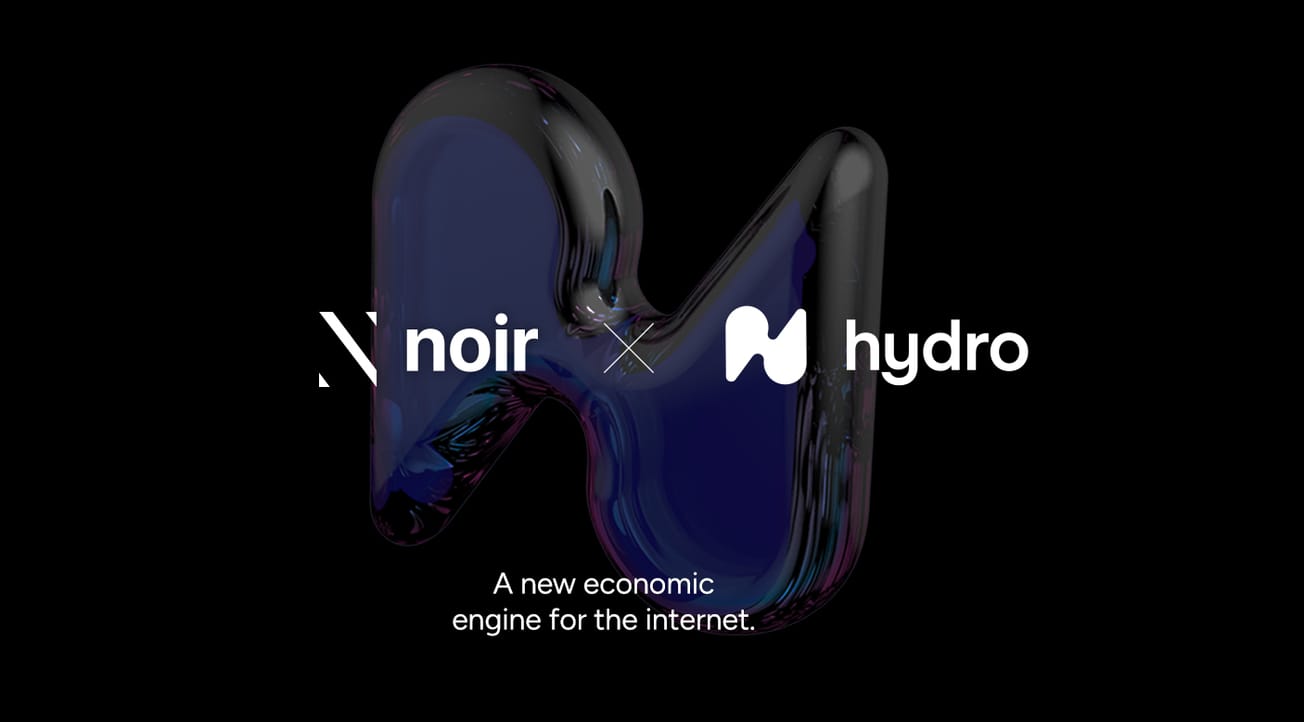VR headsets are our window to the metaverse, sophisticated devices through which we can explore the visual delights offered in the vast artificial world. Today more and more options are coming online, but for the purposes of this article we want to compare the merits of just two of them: the Oculus Quest 2 and the Android-based Pico 4.
If you've paid any attention to this space, you’ll already be familiar with the Quest 2, which is owned by Meta. Assuming it's possible for such an emerging sector to have an OG, Oculus deserves the mantle. The company’s flagship Quest 2 model is a reasonably priced yet feature-rich headset that has already sold some 15 million units worldwide, mostly to hardcore gamers. The Pico 4 is the new kid on the block vying for the throne.
Deciding which VR headset is right for you is tough. Is battery life more important than comfort? Does the player count matter or not? What about the resolution? You'll want to think about those aspects before taking the plunge.
Specs and Features
Although design and price are important considerations, the majority of would-be VR headset buyers probably care most about the features and specs. So let’s start there. Both the Oculus Quest 2 and Pico 4 come equipped with the selfsame Qualcomm Snapdragon XR2 chip and offer storage of 128GB or 256GB. When it comes to features, though, the Pico 4 boasts a few advantages over its more established rival.
For a start, it has 8GB RAM, an impressive 2,160x2,160 resolution per eye, and a mighty 5300mAh battery. In contrast, the Quest 2 has 2GB less RAM (6GB), 1832x1920 pixels per eye, and a 3.640mAh battery. With both headsets, batteries are located at the rear of the device to ensure better weight distribution and are chargeable via USB-C.
Storage, resolution and battery only tell part of the story, however. The Oculus Quest 2 has a superior max variable refresh rate (VRR) – 120Hz vs 90Hz – and even though gameplay in the former category isn't actually available in many current Quest 2 experiences, it’s good to know the headset has that kind of performance under the hood.
Elsewhere on the specs front, the Pico 4 benefits from a 16MP RGB camera, a feature that allows for color video passthrough. Ostensibly, this makes for a more user-friendly setup as you're able to view your real-world surroundings more easily to mark out your “play” area. The Oculus Quest 2, on the other hand, only supports black-and-white video passthrough.
While the Pico 4 features wide Pancake optical lenses with a 105-degree field of view, giving it a sleeker, slimmer look, the Quest 2 favors Fresnel lenses offering an 89-degree field of view. In addition, the Pico offers add-on motion trackers with 3DoF positioning which can be attached to the player’s legs to track movement.
Both the Oculus Quest 2 and Pico 4 come with built-in speakers and spatial audio, although the Meta Quest 2 also has a 3.5mm headphone jack. Each device benefits from inside-out tracking, removing the need to position physical towers around the space prior to play: you can just don your headset and jump right in.
Aesthetics and Cost
Let’s get one thing straight: this ain't a fashion show. That said, if you're logging serious hours in the metaverse, you’ll want to be comfortable. And you’ll probably prefer if your VR headset looks the part, too.
These two products look rather different. Pico has a sleek, slim design – think skiing glasses rather than bulky hardware. The Oculus Quest 2 has a more traditional, boxy aesthetic. Interestingly though, the Pico actually weighs more – 586g vs 503g.
Price will always be a valid consideration, whether you're acquiring a vehicle or a loaf of bread. At present, the Pico 4 in the 128GB version retails for £379 while the Quest 4 costs £400 ($400). The 256GB version, meanwhile, costs £449 while the Oculus comes in at £500 ($500).
Why no dollar prices for the Pico, you might be wondering. Well, it's not available in the States – yet. So if you decide it's the one for you, you’ll need to import it from Europe or Asia. The availability of the Oculus Quest 2 is better, as it's available in the US, UK and Australia.
Verdict
So who’s the winner? Honestly, it's not easy to tease them apart. The Pico 4 definitely looks better and packs the richer features. Despite being a next-gen device, it's also cheaper – though less readily available. That said, the company’s roster of VR titles is undeniably thinner than Meta’s growing catalogue. What’s more, the Oculus has the industry might of Meta behind it.
Whatever one you go for, let's all hope the Pico 4 makes its debut on US shores soon.










